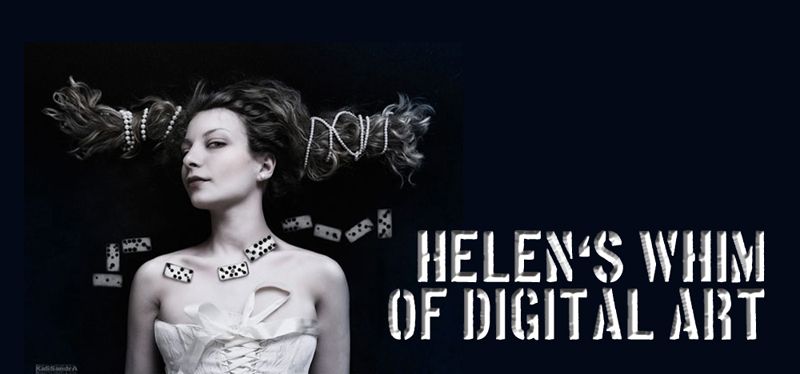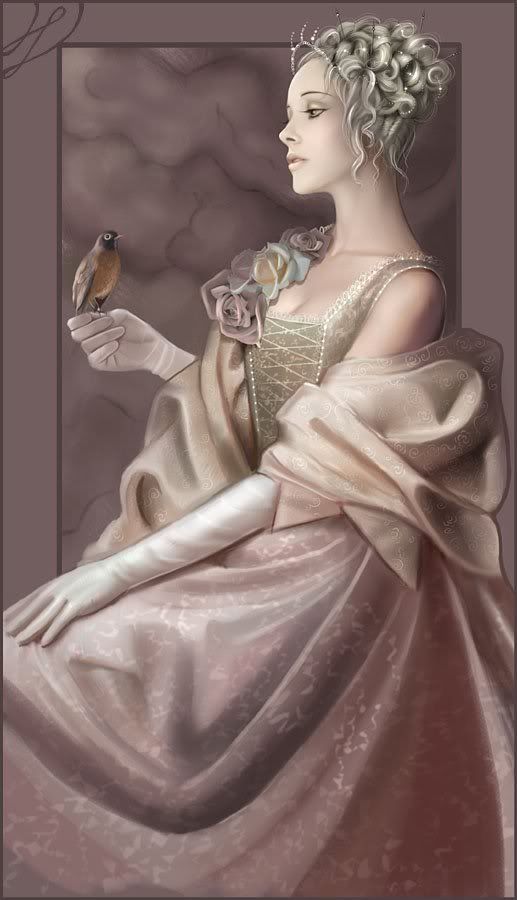01. Digital art is art created on a computer in digital form. Digital art can be purely computer-generated, such as fractals, or taken from another source, such as a scanned photograph, or an image drawn using vector graphics software using a mouse or graphics tablet. Though technically the term may be applied to art done using other media or processes and merely scanned in, it is usually reserved for art that has been non-trivially modified by a computing process (such as a computer program, microcontroller or any electronic system capable of interpreting an input to create an output); digitized text data and raw audio and video recordings are not usually considered digital art in themselves, but can be part of a larger project.
http://en.wikipedia.org/wiki/Digital_art
02. Because of its close connection to the internet, however, from yts inception New Media art was a worldwide movement. The internet facilitated the formation of communities without regard gor geography. The international nature of the New Media art movement reflected the increasingly global nature of the art world as a whole, as evidenced by the proliferation in the 1990s of international biennial exhibitions, including the Johannesburg Biennial and the Gwangju Biennial.
By Dirk Paesmans, Jodi, New Media Art, Köln ; Los Angeles : Taschen, [c2006], pp10
04. Digital Communities are about emergent collective action, citizen empowerment, social as well as economic entrepreneurship, the ingenuity of the users of technology and their power to actively shape their media, the future evolution of new tools and social forms, the improvement of culture and alleviation of suffering, the humanization of technology, openness and inclusiveness, and the sheer fun of making things together. Digital Communities can save lives, bridge differences and the Digital Divide, multiple knowledge, enable markets, revitalize democracy and provoke civic engagement-but only if people seize the power that technology provides and wield it thoughtfully.
By Hatje Cantz, Prixars Electronica-2004 CyberArts, International Compendium Prix Ars Electronica, pp202
03. The presentation of art created for the Internet within a public physical space tends to complicate matters even more. Internet art has been created seen by anyone, anywhere, anytime (provided one has access to the Net) and does not need a museum to be presented or introduced to the public. In the online world, the physical gallery/museum context does not necessarily work as a signifier of a status any longer. Howerver, physical art spaces could nonetheless play an important role when it comes to Internet art-providing a context for the work, chronicling its developments ,assisting in its presevation, as well as expanding yts audience.
By Christiane Paul, Digital Art, London ; New York, N.Y. : Thames & Hudson, c2003, pp23-24
05. To be precise, it is only at this point that the often quoted visual age' begins which previously was considered to have started with the advent of visual media, illustrated magazines, films, and television. These are the so-called mass media, and it is characteristic for them that they permit the flow of information in one direction only - in the direction of the passively waiting recipient. The possibility of expression by means of technically perfect pictures was limited to a few institutions which could afford large financial investments. The microcomputer, connected to a private television set, has extended this possibility to people of all walks of life and of all ages.
http://www.dam.org/essays/franke01.htm
Subscribe to:
Post Comments (Atom)





No comments:
Post a Comment